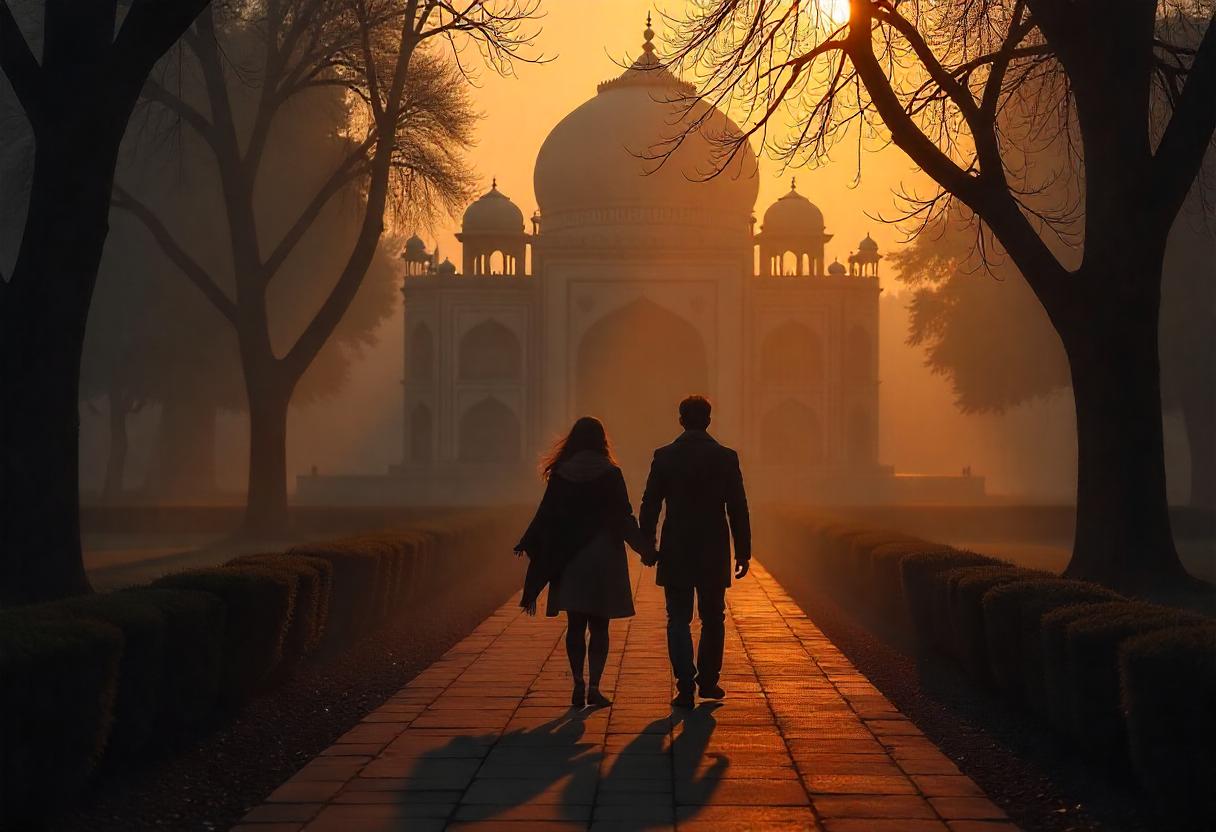Revitalizing Historical Treasures
The Delhi government has embarked on a monumental conservation project aimed at restoring a total of 25 historical monuments. The effort focuses on the restoration of 13 significant Mughal and colonial-era structures with an investment of INR 13 crore. This initiative seeks not only to preserve Delhi’s rich heritage for future generations, but also to attract more tourism by enhancing the aesthetic appeal of these sites through thorough repairs, chemical cleaning, and landscaping.
The Aesthetic Revival of Historical Structures
Under this ambitious campaign, various historical monuments have been given a fresh lease of life, with work already underway on additional sites. The restoration process includes not just structural repairs but also beautification efforts aimed at making these sites visually appealing. Art, Culture, and Tourism Minister Kapil Mishra stated that the government’s aim is to conserve these invaluable structures for generations to come while also increasing tourist footfall in the area. He noted, “We have already allocated INR 13 crore for the restoration of 13 monuments. Nine more structures are scheduled for conservation this year, and by 2025, we plan to restore a total of 25.”
Restoration Techniques in Focus
The restoration efforts include:
- Chemical Treatment: This is essential in cleaning algae and black stains that accumulate on tombs and walls over time.
- Painting and Whitewashing: Walls have been renewed to bring back their original glory.
- Landscaping: Surrounding areas are redesigned to enhance the visitor experience and aesthetic appeal.
For example, the Mutiny Memorial, built in 1863, has seen significant improvements such as the removal of overhead wiring and meticulous painting and lime work. Meanwhile, Bijri Khan’s Tomb has undergone effective chemical cleaning, preserving its signature octagonal domes and latticework.
Examples of Restoration Achievements
Some key monuments that have benefited from the restoration drive include:
| Monument Name | Type | Restoration Details |
|---|---|---|
| Mutiny Memorial | Colonial | Overhead wiring removed; painting and lime work done |
| Turkman Gate | Mughal | Chemical cleaning and limestone repairs |
| Tomb of Mohammad Quli Khan | 16th Century | Chemical cleaning and landscaping |
The restoration of these heritage sites not only preserves the past but also serves as a magnet for local and international tourists eager to explore history. The Delhi government emphasizes that increased foot traffic from tourists will contribute significantly to the economy as well, creating jobs and supporting local businesses.
Broader Goals
Mishra stated, “These restoration efforts will draw more youthful minds towards our heritage,” highlighting the importance of engaging local communities and youth with their historic legacy. By aiming to restore a wider range of monuments, the government distinguishes its approach from previous administrations, which typically focused on select sites tied closely to specific Mughal histories.
Future Plans for Conservation
The initiative will also encompass the restoration of various other structures, including Bhuli Bhatiyari ka Mahal, known for its intriguing local legends, and Imambara, an 18th-century structure used for religious congregations. Other structures targeted for future restoration include ceremonial gates and lesser-known historical sites that hold significant community value. Even previously unlisted tombs will see conservation this year, representing a broader commitment to heritage preservation.
As historian Sohail Hashmi notes, restoration is an ongoing and delicate process, especially for structures built with traditional materials like lime. “A café near the Tomb of Quli has already sparked interest among youngsters,” he adds, illustrating how these restorations breathe new life into the monuments.
Embracing Personal Experience
While reviews and feedback can guide travel decisions, nothing compares to personal experience when it comes to exploring heritage. On platforms like GetExperience.com, travelers can easily book experiences that resonate with their interests while supporting accredited providers known for their transparency and quality. This approach not only ensures affordability but also enriches the travel experience without the hassles of extra expenses or disappointments.
Emphasizing the initiative’s significance, the revitalization of historical sites exemplifies how conserving cultural heritage concurrently fuels tourism and aids the community. By pursuing these restoration efforts, travelers can engage in heritage tourism that supports conservation and provides immense benefits, including unique adventure activities, museum tours with live guides, and eco-friendly wildlife safaris. Connect with local culture today and tap into the diverse options available by visiting GetExperience.com.
Concluzie
To sum it up, the concerted efforts to restore Delhi’s historic landmarks represent a vital stride toward preserving cultural heritage while simultaneously stimulating tourism. This initiative not only enhances the aesthetic environment around the city’s treasured sites but also invites visitors to discover the unique narratives each structure embodies. As a result, it serves as both a guardian of the past and a beacon for future tourism endeavors.

